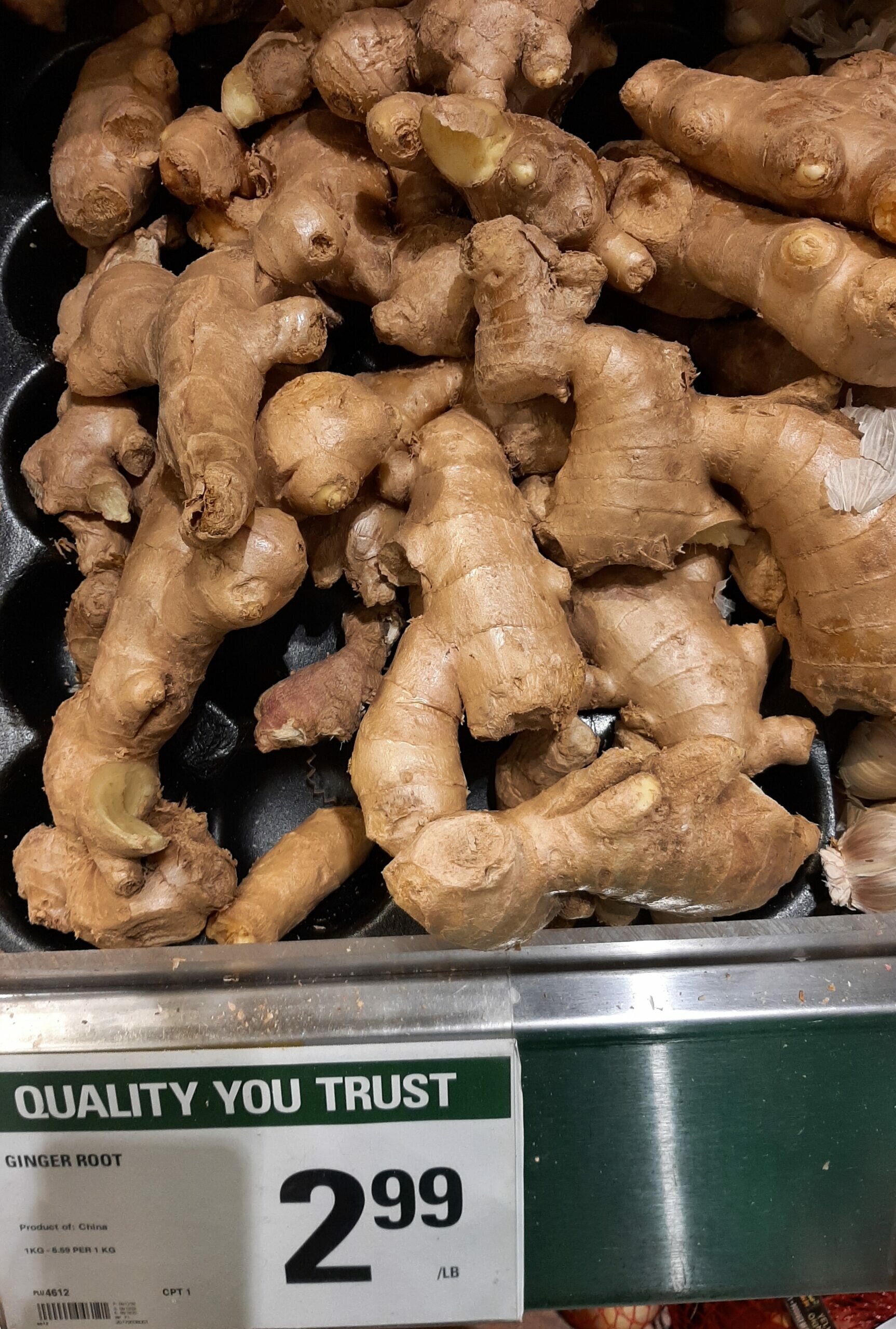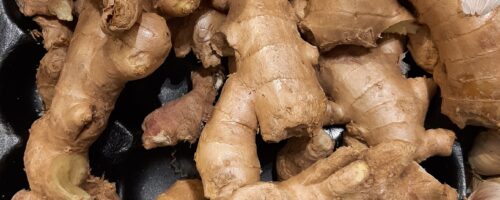
Shandong, China
How is it produced?
The common Chinese varieties of ginger are Guangzhow, Shandong Laiwu, and Gandzhou. Ginger is grown mostly in the Shandong province of China where approximately 30.000 hectares produces over 2 million tons of ginger, making up 75% of China’s ginger production. Ginger is grown in open fields and in covered greenhouses. Workers plant the ginger roots into the soil in Spring and dig up the ginger rhizomes at harvest time 8 – 10 months later. Fertilizer is used to enhance the nutrition of the soil to ensure a plentiful harvest. However, the overuse of illegal and toxic pesticides to grow ginger in the Shandong province of China (Kao, 2013), has raised concerns for the food safety of this product and possible damage to the environment.
Describe the supply chain to the store shelf in Canada:
In Canada, Loblaws Inc. Brampton, Ontario, is the importer of fresh ginger (The Government of Canada, 2022b) from China that supplies Your Independent Grocer in Vancouver, B.C., which is a supermarket franchise of Loblaw and the President’s Choice brand of products. The ginger is shipped to Canada in a container from China.
What is the power balance between the producer and seller?
The power balance is skewed in favour of the seller who seeks to earn high profit margins from the sale of the ginger produced. The seller can source ginger from multiple farms to sell on the global market which allows flexibility for price negotiation and profit. The seller is not responsible for the means of production. The producer carries the consistent burden of farming costs such as machinery, labour, fertilizer, and the unknown costs associated with weather conditions that may affect the harvest. The producer is reliant on the long-term relationship with the seller to cover the basic costs of production to stay in business and is therefore at a disadvantage when negotiating the price of the ginger produced.
Can you recommend changes to the system to improve the balance?
More fiscal education, transparency, and accountability for pricing between seller and producer. As a protection mechanism a producer needs to understand the global financial value of the ginger produced on the farm to be able to negotiate a better deal for his/her product, and thus protect his livelihood.
References/Resources:

